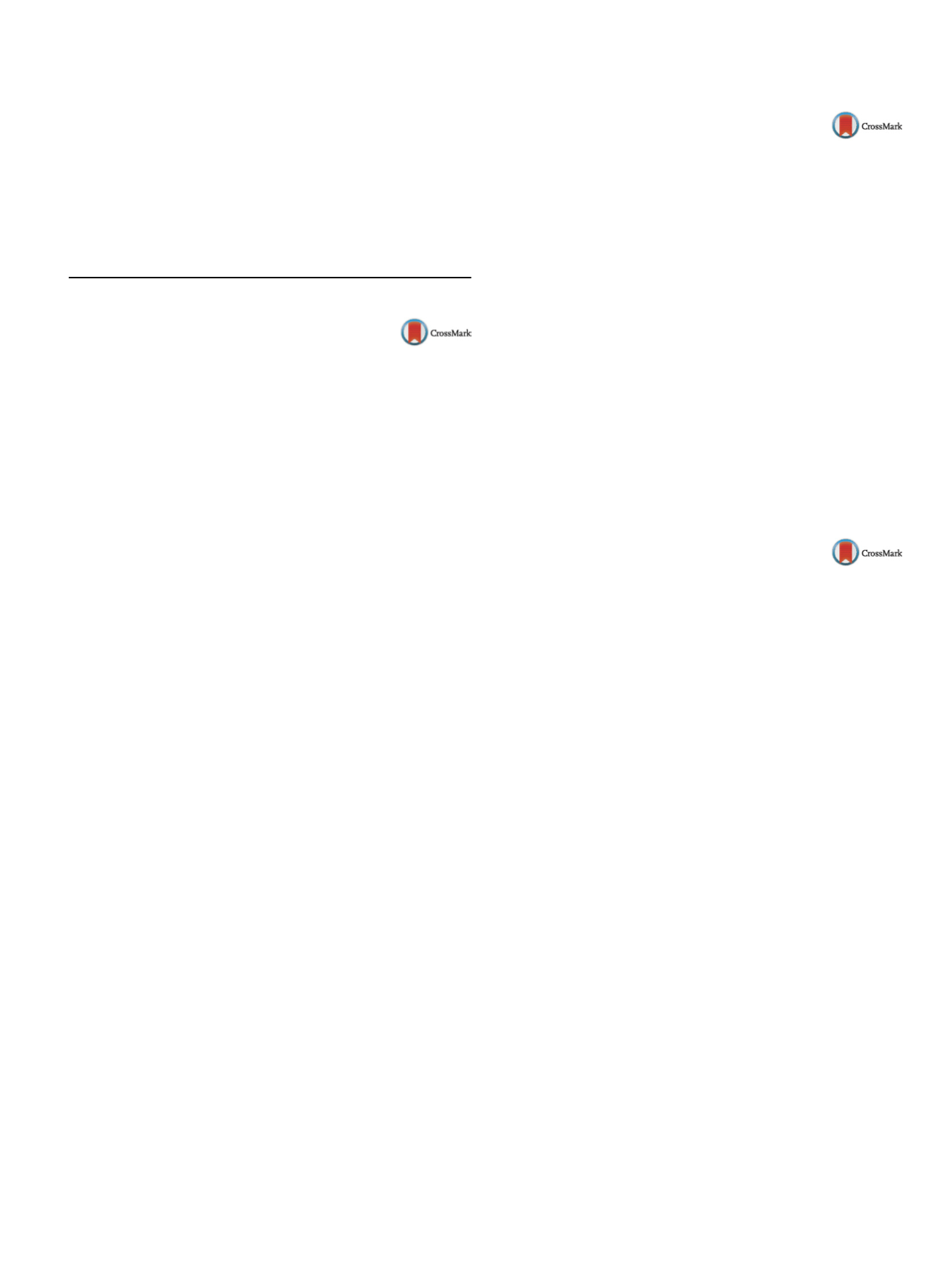

25th European Congress of Psychiatry / European Psychiatry 41S (2017) S8–S52
S27
Disclosure of interest
The author has not supplied his declaration
of competing interest.
http://dx.doi.org/10.1016/j.eurpsy.2017.01.137Symposium: Early detection and early
intervention for psychosis–the European status
and perspectives
S064
The current European status
N. Maric
1 ,∗
, S. Andric
2, A. Raballo
3,
M. Rojnic Kuzman
4, J. Klosterkötter
5,
A. Riecher-Rössler
61
School of medicine- university of Belgrade, clinic for psychiatry-
clinical centre of Serbia- Belgrade, Beograd, Serbia
2
Belgrade, clinic for psychiatry- clinical centre of Serbia- Belgrade,
Belgrade, Serbia
3
Norwegian centre for mental disorders research Norment,
university of Oslo, Oslo, Norway
4
Zagreb school of medicine, Zagreb university hospital centre,
Zagreb, Croatia
5
University of Cologne, department of psychiatry and psychotherapy,
Cologne, Germany
6
University of Basel, psychiatric university outpatient department-
psychiatric university clinics Basel, Basel, Switzerland
∗
Corresponding author.
In the last two decades, both early detection (ED) and early
intervention (EI) programs and services have gradually become
important and innovative components of contemporary mental
health care. However, it is unclear whether ED/EI programs have
consistently been implemented throughout Europe.
Here, we report results of the EPA Survey on ED/EI Programs in
Europe in 2016.
A 16 item questionnaire was sent to representatives (presidents
and secretariats) of 40 EPA National Societies/Associations (NPAs),
representing 37 countries. The representatives were also invited to
recommend a person for additional information about ED/EI ser-
vices/programs in the country.
The response rate was 59.4% (22 NPAs). Fifteen out of 28 NPAs were
from developed, and 7 out of 8 from economies in transition. ED/EI
services have been implemented in 54.5% of the included countries,
mean duration 10.0
±
4.9 yrs. Mostly, neither ED were separated
from EI, not the adults from adolescents. National plans to develop
ED/EI were reported in four countries. Although national guidelines
for schizophrenia exist in most of the countries (73.9%), specific
chapters focusing on ED/EI and/or at-risk mental states were not
included in the majority of them. Duration of untreated psychosis
was unknown in 63.6%. In those who gave the estimation it was
12–100 weeks (median in weeks: 33 developed economies; 44
economies in transition).
The fields of ED/EI have been unequally developed across Europe.
Still, many NPAs are without the development plans. EPA and its
Sections should address the identified gaps and suggest how to har-
monize services for the full range of assessments and interventions.
Disclosure of interest
The authors have not supplied their decla-
ration of competing interest.
http://dx.doi.org/10.1016/j.eurpsy.2017.01.138S065
Diagnostic procedures for prediction
of psychosis - Achievements and
challenges
A. Raballo
University of Oslo, Norwegian centre for mental disorder research
Norment, Oslo, Norway
Individualized prognostic predictions in people at clinical high
risk are crucial to tailor suitable interventions and personalized
prevention. Furthermore, in recent years, the synergy between
fast-pace technical sophistication in neuroscience (e.g. neuroimag-
ing and neurophysiological) and novel bio-statistical tools (e.g.
machine learning algorithms) has accelerated the development
of more inclusive predictive models and magnified the potential
for such individualized risk stratification enriching classical psy-
chopathological tools. However, the clinical translation of such
research insights is still circumscribed and, despite incremental
optimization of assessment tools, increasingly accepted criteria to
characterize at risk mental states and tumultuous advance in the
field, the prediction of psychosis at such individual level remains a
not fully accomplished target.
Disclosure of interest
The author has not supplied his declaration
of competing interest.
http://dx.doi.org/10.1016/j.eurpsy.2017.01.139S066
Intervention in clinical high risk
states - Current status and future
perspectives
S. Ruhrmann
University of Cologne, department of psychiatry and psychotherapy,
Cologne, Germany
Introduction
During the last twenty years, international efforts
advanced the prevention of psychosis considerably. However,
improved predictions as well as well-tolerated and needs-tailored
interventions are still required.
Objectives
Prediction and Prevention of Psychosis
Aims Presenting the current state and new developments, includ-
ing the European Union funded multi-center project PRONIA with
regard to prediction
( www.pronia.eu, 7
th
Framework Programme
grant agreement n
◦
602152) and the German multi-center trial
ESPRIT funded by the Federal Ministry of Education and Research
(BMBF grants 01EE1407 C and 01EE1407I) with regard to preven-
tion.
Methods
Results of meta-analyses will be presented and dis-
cussed with regard to achievements and challenges. Possible
advances by current projects will be discussed.
Results
Pharmacological as well as psychological prevention has
been shown to reduce the incidence rate of psychosis in the respec-
tive samples considerably. However, particularly social and role
functioning, which are prognostically most important, are still an
unsolved challenge. Furthermore, new interventions providing an
improved tolerability and acceptance by the patients are required.
On the level of prediction, a further improvement of predictive
validity, particularly with regard to individualized risk estimation
is desired.
Conclusions
The achievements in the field of prevention of psy-
chosis are impressive, but further progress is needed. This should
be achieved by studies like PRONIA, which aims at improving
risk estimation by an advanced assessment concept as well as a
sophisticated data analysis, and ESPRIT, which compares the effects
of N-Acetylcysteine with an innovative, modular psychological


















